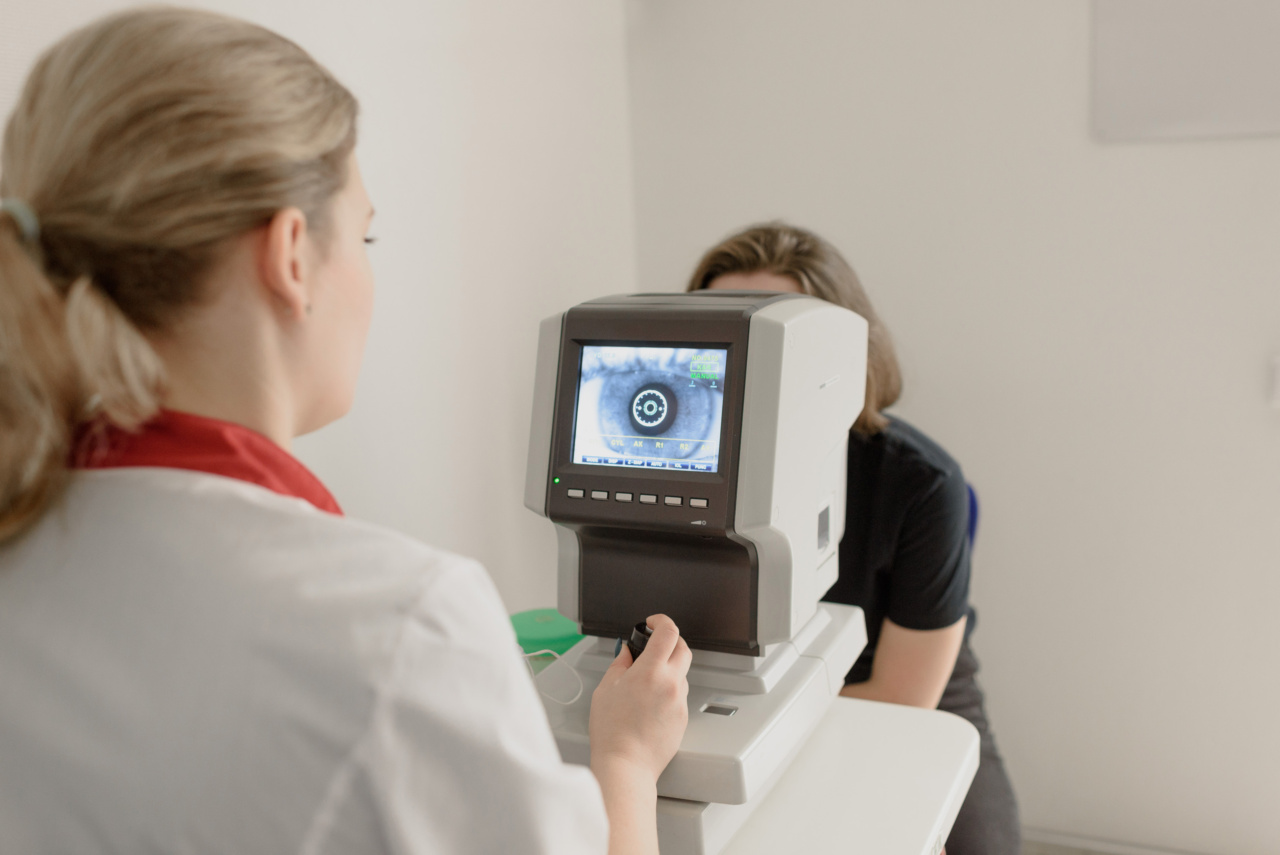Regular visits to your ophthalmologist can help detect eye problems early. Your ophthalmologist can perform a comprehensive eye exam to identify eye diseases, some of which may not have any apparent symptoms.
Here are the top 5 eye diseases that your ophthalmologist may spot:.
1. Cataracts
Cataracts are a common eye disease that develops when the natural lens in the eye becomes cloudy. They are usually age-related and are the leading cause of blindness worldwide.
Cataracts cause blurred or hazy vision, sensitivity to light and glare, and difficulty seeing at night. They can be treated with surgery, which involves removing and replacing the cloudy lens with an artificial one.
2. Glaucoma
Glaucoma is a progressive eye disease that damages the optic nerve and can lead to blindness. It is often associated with high eye pressure, but it can occur at normal or low pressures as well.
It typically has no symptoms until it reaches an advanced stage, making regular eye exams vital for early diagnosis. Glaucoma can be treated with medicated eye drops, laser surgery, or conventional surgery.
3. Age-Related Macular Degeneration (AMD)
AMD is a common eye disease that affects people over the age of 50. It damages the macula, the part of the retina responsible for central vision, making it difficult to read, drive, and recognize faces.
AMD can be “dry,” where cells in the macula break down, or “wet,” where abnormal blood vessels grow under the retina. There is no cure for AMD, but some treatments can slow its progression.
4. Diabetic Retinopathy
Diabetic retinopathy is a complication of diabetes that affects the blood vessels in the retina. It is the leading cause of blindness in working-age adults.
Diabetic retinopathy can develop at any stage of diabetes and tends to progress faster in people with poorly controlled blood sugar levels. It can be treated with laser surgery or injections of medications that slow down the growth of abnormal blood vessels.
5. Dry Eye Syndrome
Dry eye syndrome is a common condition that occurs when the eyes do not produce enough tears or produce poor-quality tears. It causes discomfort, irritation, and blurry vision, and it can lead to corneal damage if left untreated.
Dry eye syndrome can be managed with artificial tears, prescription medications, and lifestyle changes such as taking breaks from staring at screens and increasing humidity levels in the environment.
In conclusion, early detection and treatment of eye diseases can prevent permanent vision loss. Regular eye exams with your ophthalmologist can help spot eye diseases early and allow timely interventions that can preserve your vision.





























